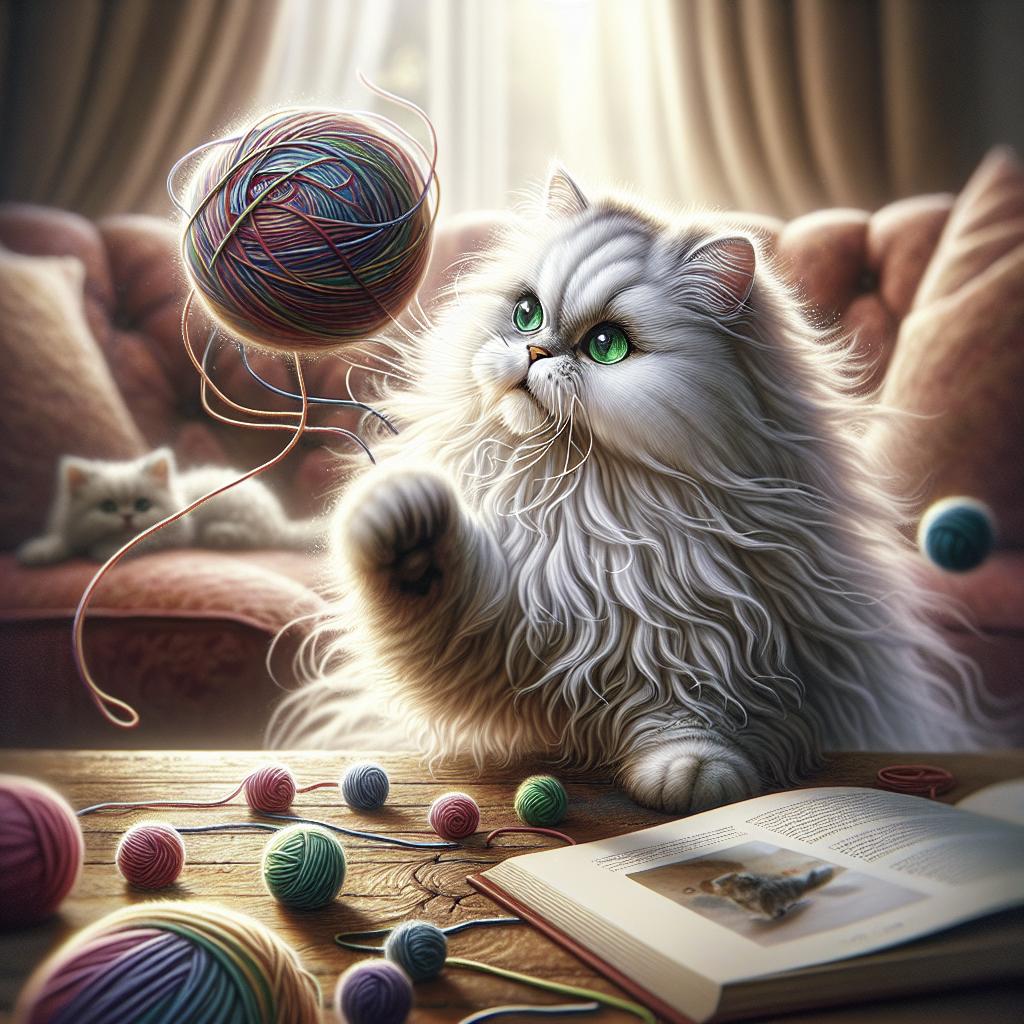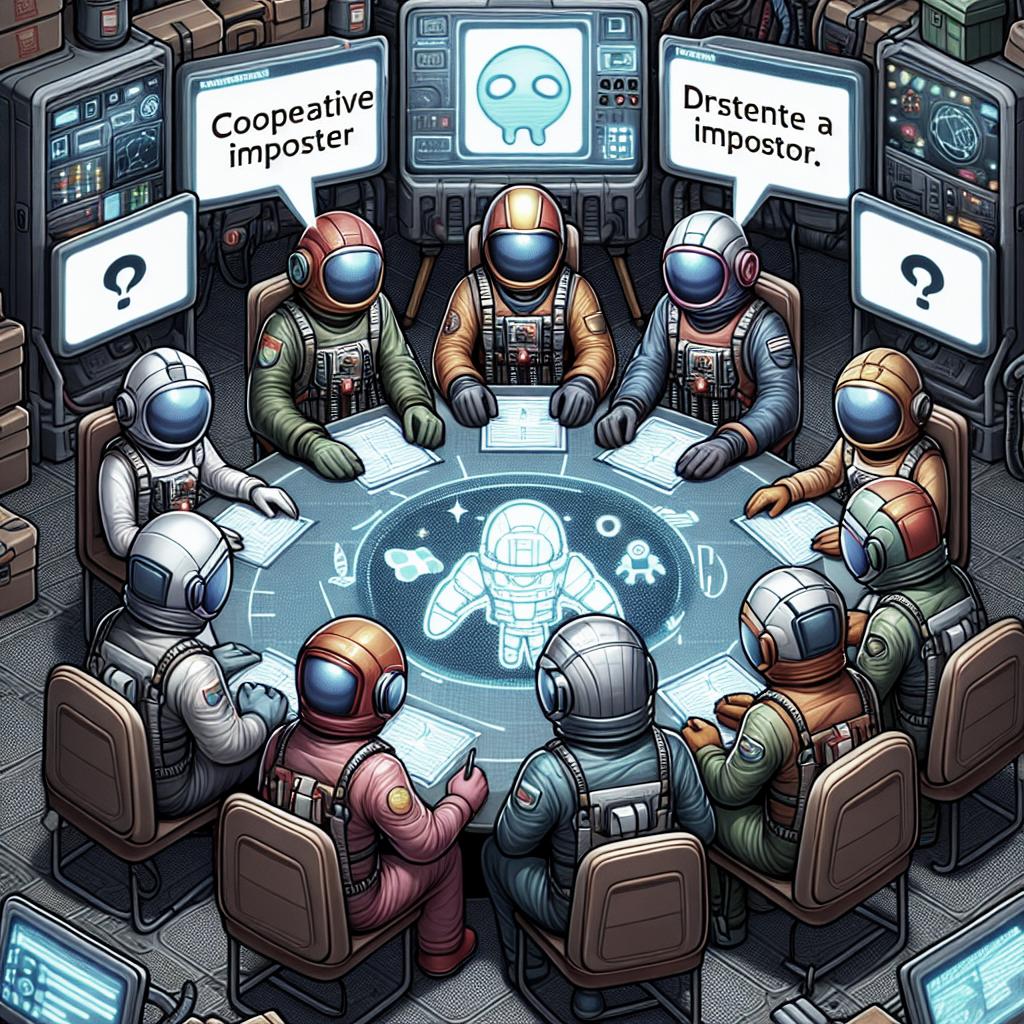“`html
In today’s visually-driven world, aesthetic backgrounds have become a critical element in various domains, from digital interfaces to social media profiles, and even physical spaces. This blog post delves into the significance of aesthetic backgrounds, exploring their impact on user experience, the psychological effects of colors and patterns, and the latest trends and tools available for creating appealing visuals. Join us as we navigate through the fascinating aspects of aesthetic backgrounds and learn how to integrate them seamlessly into your digital and physical landscapes.
The Importance of Aesthetic Backgrounds
Aesthetic backgrounds contribute significantly to the overall visual appeal of any medium, be it web design, social media, or interior spaces. They set the tone and mood, providing a backdrop that can enhance or detract from the primary content. A well-chosen background can make the foreground elements pop, capture viewers’ attention, and create a cohesive visual experience.
The importance of aesthetic backgrounds extends beyond mere visual appeal. They can influence user engagement, retention, and overall satisfaction. In web design, for instance, a background that aligns with the brand’s identity and message can build trust and enhance the user experience. Similarly, in social media, an eye-catching background can draw attention to posts, making them more shareable and memorable.
Psychological Effects of Colors and Patterns
Colors and patterns play a pivotal role in the psychological impact of aesthetic backgrounds. Different colors evoke different emotions; for instance, blue often conveys calmness and trust, while red can signify excitement or urgency. Understanding these color associations is crucial in selecting the right background to evoke the desired emotional response from the audience.
Patterns and textures also influence perceptions and emotions. Smooth, minimalist patterns might induce a sense of tranquility and simplicity, whereas intricate and dynamic patterns may stimulate engagement and creativity. Combining colors and patterns thoughtfully can create a balanced and impactful visual experience that resonates with the viewer on a deeper level.
Latest Trends in Aesthetic Backgrounds
The trends in aesthetic backgrounds evolve constantly, influenced by cultural shifts, technological advancements, and design innovations. Minimalism continues to be popular, with clean, simple backgrounds that highlight content without overwhelming the viewer. This trend emphasizes the importance of negative space and subtle color palettes.
On the other hand, vibrant and dynamic backgrounds are also making a return, often utilized in digital interfaces and social media to grab attention quickly. These backgrounds feature bold colors, animated patterns, and interactive elements that create a more engaging and lively experience. Staying updated with these trends can help designers create visually appealing and contemporary backgrounds.
Tools and Techniques for Creating Aesthetic Backgrounds
Numerous tools and techniques are available for creating aesthetic backgrounds, catering to different skill levels and requirements. Graphic design software like Adobe Photoshop and Illustrator offers extensive capabilities for crafting intricate backgrounds, from custom patterns to complex color gradients. These tools provide flexibility and control for achieving professional-quality results.
For those seeking simpler or more automated solutions, tools like Canva and Figma are excellent choices. These platforms offer user-friendly interfaces and a wealth of templates and assets, making it easy to create appealing backgrounds without extensive design expertise. Additionally, numerous online resources and tutorials can guide users in mastering these tools and techniques.
Integrating Aesthetic Backgrounds into Digital and Physical Spaces
Integrating aesthetic backgrounds into digital spaces such as websites and apps requires careful consideration of functionality and user experience. The background should complement the content and not distract or detract from it. It’s essential to ensure that text and interactive elements remain readable and accessible, with sufficient contrast against the background.
In physical spaces, aesthetic backgrounds can transform environments, adding personality and ambiance. Whether through wall murals, textured surfaces, or accent walls, the right background can enhance the aesthetic appeal of a room. Considerations like lighting, existing decor, and the intended mood of the space are crucial in selecting and integrating background elements effectively.
Future Perspectives
As we look to the future, the role of aesthetic backgrounds will continue to evolve, driven by emerging technologies like virtual and augmented reality. These advancements offer new possibilities for creating immersive and interactive backgrounds that enhance user experiences in unprecedented ways. Staying informed about these developments will be vital for designers and creators aiming to push the boundaries of visual appeal.
Additionally, sustainability and eco-conscious design are becoming increasingly important. Using materials and techniques that minimize environmental impact will shape the future of aesthetic backgrounds in physical spaces. Whether through digital innovation or sustainable practices, the pursuit of beautiful and functional backgrounds will remain a dynamic and integral aspect of design.
| Topic | Key Points |
|---|---|
| Importance of Aesthetic Backgrounds | Enhances visual appeal, influences user engagement and satisfaction. |
| Psychological Effects of Colors and Patterns | Colors evoke emotions; patterns influence perceptions and engagement. |
| Latest Trends in Aesthetic Backgrounds | Minimalism, vibrant colors, animated patterns; staying updated with trends is crucial. |
| Tools and Techniques | Adobe Photoshop, Illustrator, Canva, Figma; resources and tutorials for all skill levels. |
| Integrating Backgrounds into Spaces | Digital: complement content; accessible text. Physical: enhance ambiance; consider lighting and decor. |
| Future Perspectives | Emerging technologies, sustainability; evolving design practices and innovations. |
“`








